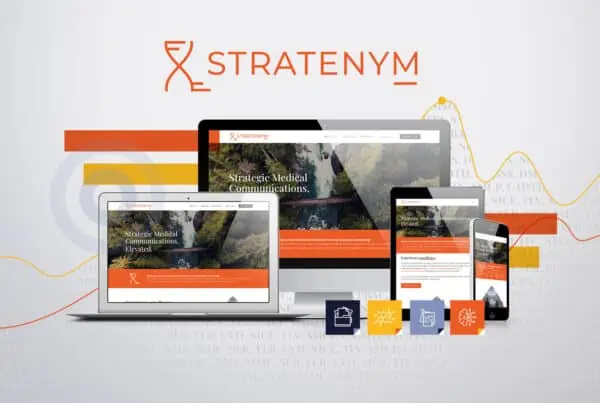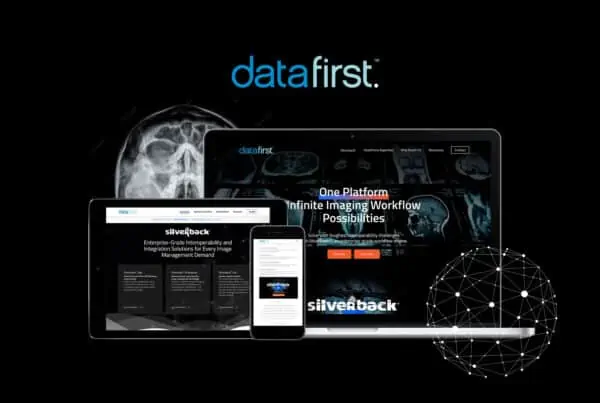Website development projects involve a lot of moving pieces for project managers to handle. PMs have to manage very diverse teams ranging from developers and graphic designers to SEOs and content creators, and everyone in between. Successful website project management requires intimate knowledge of the processes, timetables and of course the client’s business and goals.
Our website design team has managed many website projects ranging from redesigns of existing sites to new sites for company and product launches. Here are 9 tips for managing a successful website project from proposal to launch.
9 tips for managing a successful #webdesign project from proposal to launch. Share on X
- Be as detailed as possible in your proposal and statement of work. Before providing a final quote, have the client complete a requirements document so you can accurately quote the project based on their expectations. Consult with all of your internal and third party resources before bidding.
- Create high-level milestones for your team members that MUST be met to launch the site on time. Then create sub-milestones that may have more flexibility. Be sure everyone has a view of this schedule and knows their deadlines and responsibilities. Gantt charting can be helpful here.
- Include ample time for client reviews along the way. If there are multiple decision makers, add extra time in the schedule for the team to come to a consensus at each step. Take into consideration how aligned their team is and how quickly (or not) they are able to reach joint decisions.
- Get all existing style guides, design elements, logos, and other collateral from the client up front so you know what you can repurpose, what you need to recreate, and what you need to integrate into the design. If they don’t have a style guide, it’s a good idea to create one at the start of the project to inform all design decisions.
- Gather all technical elements and logins from the client before kick off. This includes hosting provider logins, domain registration logins, SSL certificates, and other technical details. If anything is missing, arrange for setup.
- Agree on the SINGLE most important brand promise before beginning the project. This holds true whether you’re creating a new brand, updating an existing brand, or working within current brand guidelines. This promise should be reflected in every element of the new site.
- Get agreement on design styles before beginning any design work, especially if there are multiple stakeholders involved on the client side. You’ll want to get these tough conversations out of the way so you don’t go too far down a wrong path.
- Also get sign-off on design directions and layouts along the way. Again, this will help prevent too much time spent on a design the client doesn’t like.
- Prep for the launch of the new site well before the go-live date. Be sure to agree on the timing of the launch, create backups of all files and the existing website, plan for redirects and SEO elements, test on all browsers and device types, and get everyone on the same page to update your other marketing campaigns accordingly.
There are many, many more steps to be taken and things to consider when leading a website project. However, this initial list should get you started in the right direction. And of course, every process must be tailored to the individual client. No two website projects will be the same, even for similar clients in the same industry.






